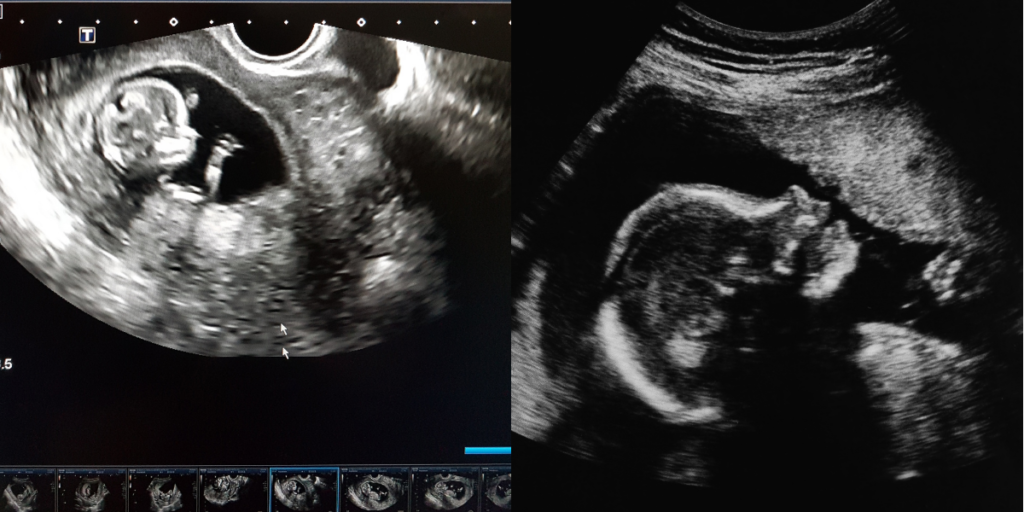Pregnancy ultrasound has become an indispensable tool in prenatal care, offering invaluable insights into the health and development of the fetus. Over the years, ultrasound technology has evolved significantly, revolutionizing the way pregnancies are monitored and managed. In this article, we’ll explore the journey of pregnancy ultrasound, from its humble beginnings to the advanced imaging techniques available today.
Ultrasound
The ultrasound examination of a pregnant woman was conducted primarily to assess fetal growth and detect abnormalities.
Transabdominal Ultrasound
Transabdominal ultrasound allowed for early detection of pregnancy and accurate dating of gestational age, enhancing prenatal care.
Transvaginal Ultrasound
Transvaginal ultrasound provides early pregnancy diagnosis, enabling clinicians to detect pregnancies as early as 4-5 weeks gestation.
Doppler Ultrasound in Pregnancy:
Doppler ultrasound, which measures blood flow velocity, has become an essential tool in assessing fetal well-being during pregnancy.
Doppler ultrasound can evaluate umbilical artery blood flow, uterine artery blood flow, and fetal middle cerebral artery blood flow, providing valuable information about fetal circulation and oxygenation.
Doppler ultrasound is used in high-risk pregnancies to monitor fetal growth, detect signs of fetal distress, and assess placental function.
Advanced Imaging Techniques:
Alongside traditional ultrasound imaging, advanced imaging techniques such as magnetic resonance imaging (MRI) and fetal echocardiography play a crucial role in pregnancy care.
MRI offers detailed anatomical information and is particularly useful in assessing fetal central nervous system abnormalities and placental disorders.
Fetal echocardiography allows for the early detection of congenital heart defects, providing vital information for prenatal counseling and management.
Future Directions in Pregnancy Ultrasound:
The field of pregnancy ultrasound continues to evolve, with ongoing advancements in technology and imaging techniques.
Innovations such as contrast-enhanced ultrasound and elastography hold promise for further improving diagnostic accuracy and enhancing prenatal care.
Additionally, artificial intelligence (AI) and machine learning algorithms are being developed to assist in image interpretation, potentially improving the efficiency and accuracy of ultrasound examinations.
The evolution of pregnancy ultrasound from its inception to the present day represents a remarkable journey marked by technological innovation and clinical advancement. Today, ultrasound imaging plays a central role in prenatal care, offering invaluable insights into fetal development and maternal health. As technology continues to evolve, the future of pregnancy ultrasound holds exciting possibilities for further improving diagnostic capabilities and enhancing pregnancy outcomes.
Using the advanced imaging techniques, from monitoring fetal growth and development to detecting and managing pregnancy complications, gynecologists play a crucial role in supporting expectant mothers throughout their pregnancy journey.
